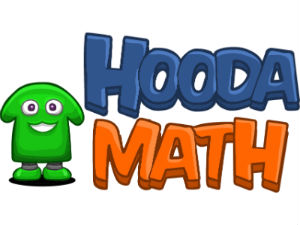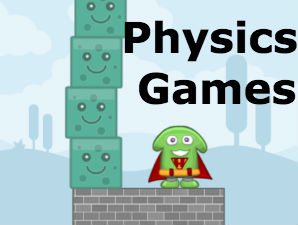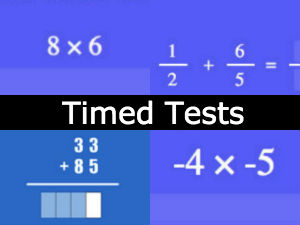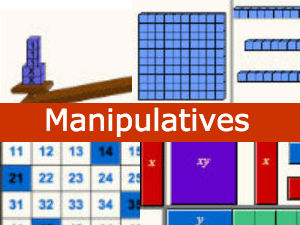Operations & Algebraic Thinking
Real Numbers consist of Rational and Irrational Numbers
Converting Repeating Decimals into Fractions
Use Rational Approximations to compare the size of Irrational Numbers
Use Properties of Integers with Exponents to generate Equivalent Expressions
Evaluate Square Roots of Perfect Squares and Cube Roots of Perfect Cubes
Use Numbers Expressed as a Single Digit times a Power of Ten to compare their sizes
Perform Multiplication and Division with numbers expressed in Scientific Notaiton
Graph Porportional Relationships and find the Slope or Unit Rate
Compare Two Proportional Relationships use Graphs and Equations
Use Similar Triangles to show that the Slope of a Line between Two Points is the same
Give Examples of Linear Equations with One Solution Infinitely many Solutions and No Solutions
Number & Operations in Base Ten
Number & Operations - Fractions
Find the Solution to Two Simultaneous Equations by Graphing Equations
Solve Systems of Equations Algebraically and by Inspection
Solve Word Problems leading to Two Linear Equations
Understand that a Function is a Rule that assigns exactly One Output to each Input
Compare Two Linear Functions each represented differently.
Interpret y equals mx plus b as defining a Linear Function whose Graph is a Straight Line
Measurement & Data
Construct a Function to Model a Linear Relationship Example 2
Verify Properties of Transformations using Line Segments
Verify Properties of Transformations using Angles with the Same Measure
Verify Properties of Transformations using Parallel Lines
Understand that a 2-dimensional Figure is Congruent to another if it is obtained by Transformations
Describe the Effect of Dilations and Transformations on 2-dimensional Figures
Show that a 2-dimensional Figure is Proportional through a series of Transformations and Dilations
Use Informal Arguments to establish the Angle Sum of a Triangle
Find the Size of the Exterior Angles through a series of Translations
Show that Alternate Angles created when Parallel Lines are cut by a Transversal are Congruent
Informally show that the Angle-Angle criterion makes Triangles Similar













